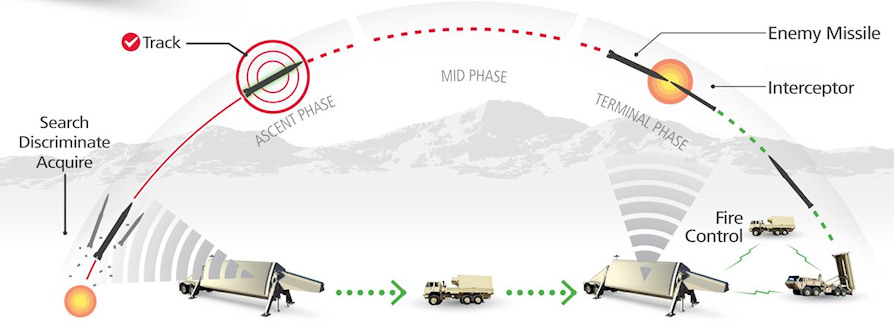One of the most discussed issues of the current Red-Ukrainian conflict is related to the type of weapons that the Russian federation has deployed for the ongoing operation in Ukraine. In particular, the not particularly advanced nature of the weapon systems used for the offensive on the various fronts is intriguing analysts.
One of the most accredited reasons capable of explaining the lack of use of the most advanced weapons is to remove them from the analysis of Western intelligence which, being able to observe them in an operational scenario, would have the opportunity to model them and thus have certainties about their characteristics. All aimed at the elaboration and development of suitable countermeasures.
As evidence of the reasonableness of this motivation we can tell what is happening these days on the basis of some "strange objects" found in Ukraine. Thanks to these findings, interesting clues are being gathered as to the mode of action of one of the most feared Russian weapons in the West, the short-range ballistic missile known as Iskander (SS26 Stone - 9K7201).

Figure 1 - Generic interception of an enemy ballistic missile by a Ground Based Air Defense System (GBMD)
The Iskander, in its various versions, is one of the weapon systems that most worries the Western world (and directly we Europeans due to the possibility of deployment in the Kaliningrad enclave). The Iskander is a threat to western air and missile defense systems due to the low reaction times that these systems must have to counter it, due to the high reentry speed, to the probably maneuvering warhead (Reentry Vehicle, RV), to the countermeasures it adopts to avoid being intercepted.
If we refer to the classic interception mechanism of a ballistic missile, depicted in Figure 1, we understand how the defense strategy is based a) on the detection of the ballistic threat during the initial part of its trajectory, b) on the prediction that the trajectory is regular enough to be able to accurately target an interceptor missile capable of engaging and neutralizing it at the ballistic missile. The last two characteristics we have attributed to the Iskander, the maneuverability of the RV and the countermeasures, are aimed precisely at weakening these phases of the defender's GBMD system. Both the maneuverability of the RV and the countermeasures make it more difficult to reconstruct the trajectory of the threat and thus effectively target the interceptor missile.
The countermeasures can be of various types, but the events in Ukraine and the recent findings are shedding light on those that, most likely, Iskander has implemented. In particular, it would seem that they belong to the category of "Penetration Aids"(abbreviated to PENAIDS).
The hypothesis (complete and detailed history2) is based on the discovery in Ukraine of strange objects (see Figure 2) that the community of the CAT-UXO site3 attributes precisely to Iskander.

Figure 2: Finds of PENAIDS probably belonging to Iskander, classified by the CAT-UXO site as 9B899
There is still no certainty whether these devices will always be released during the re-entry phase or only if the threat is "illuminated" by the radar of the opposing GBAD systems. Their release already makes it difficult for the anti-missile system to work as the radar signatures of these submunitions at least complicate the life of the radar sensor of the defense system. In any case, they make discrimination of the true RV much more complicated than PENAIDS.
Furthermore, as can be seen from Figure 3, it would seem that these sub ammunition are also active, therefore capable of both deceiving the adversary systems by disturbing (jamming) radar frequencies that confuse interceptor missiles by emitting heat to improperly activate any infrared sensors that may be installed on board.

Figure 3 - A detail of the 9B899 system
We are still in the field of hypotheses, but Western intelligence is starting to have concrete material to work on. And this would also solve the mystery that surrounded some apparatuses visible in the lower portion of the Iskanders and whose functionality was unknown. They could just be the tubes for the launch of PENAIDS 9B899.

Figure 4: View of the lower portion of the Iskander, highlighting some circular roofs perhaps delegated to the release of PENAIDS.
Footnotes
1Wikipedia, Iskander https://it.wikipedia.org/wiki/9K720_Iskander
2https://www.thedrive.com/the-war-zone/44760/russias-use-of-iskander-ball...
3https://cat-uxo.com/explosive-hazards/submunitions/9b899-submunition
CAT-UXO is the abbreviation for "Collective Awareness to Unexploded Ordnance" (CAT-UXO), ie collective awareness of unexploded ordnance. Its mission is to catalog the reporting on various types of unexploded ordnance (EOD) to make activities on territories that are (or have been) the scene of military operations safer.
Photo: MoD Russian Fed / Twitter / web












